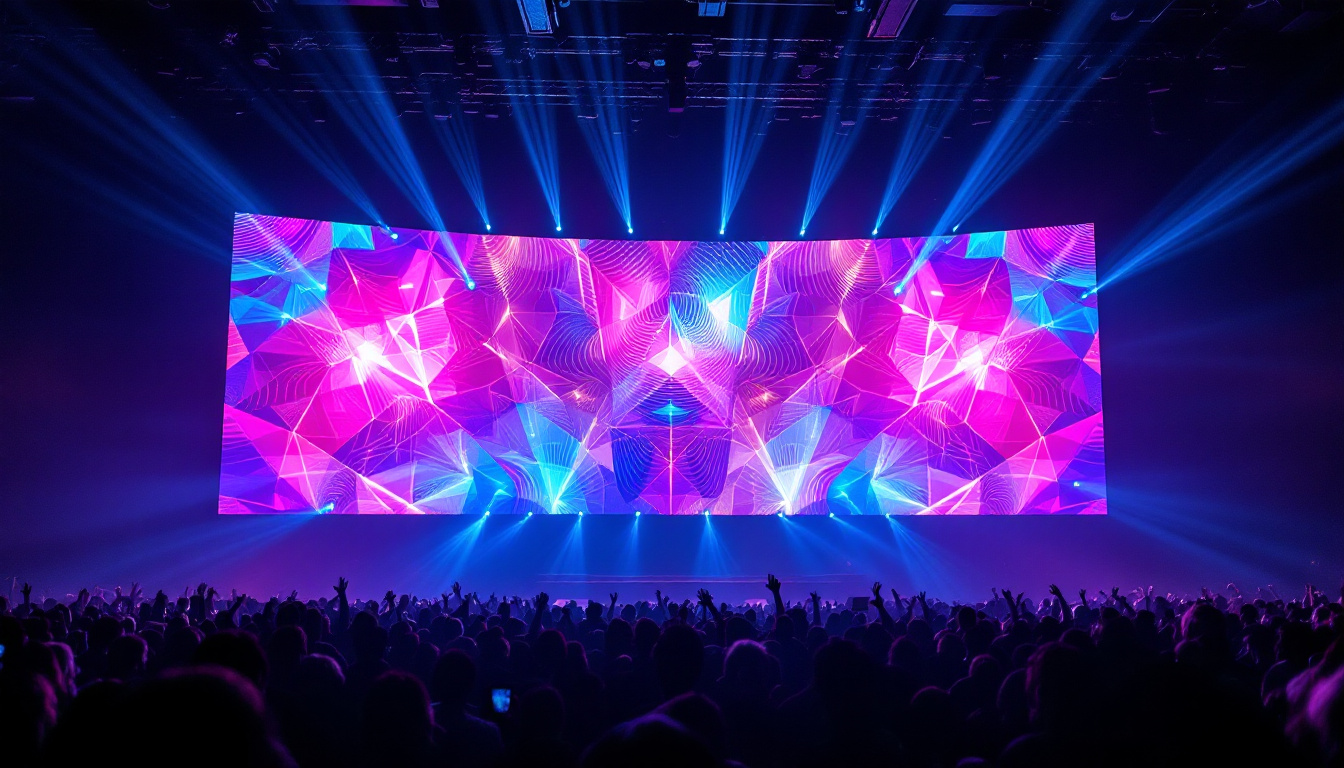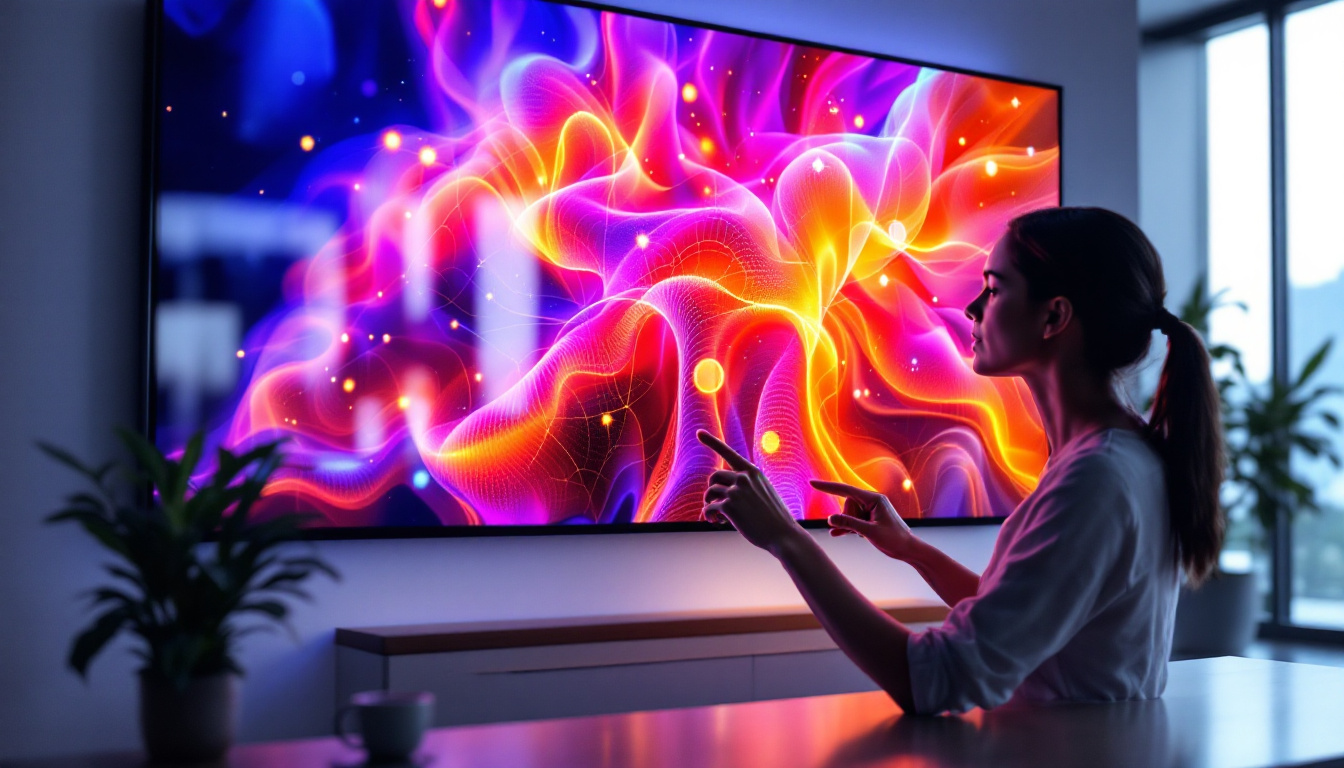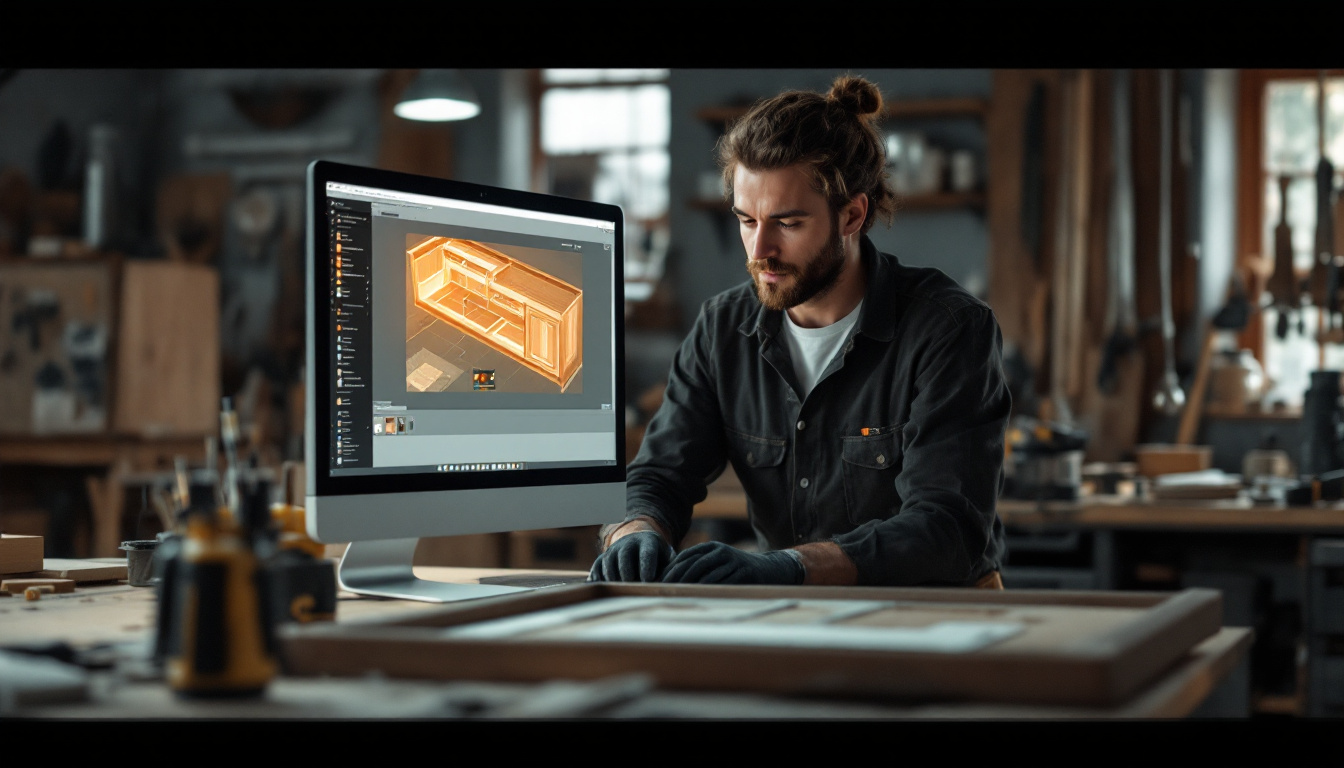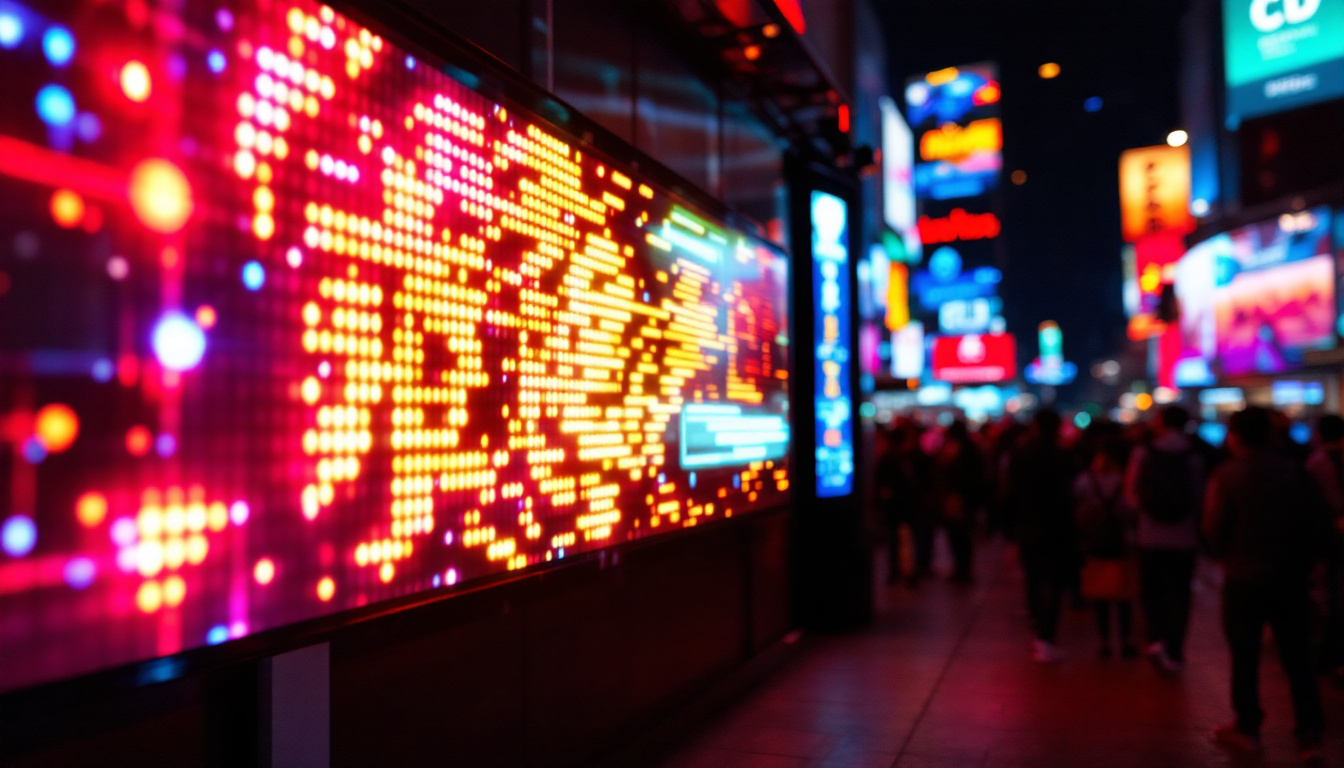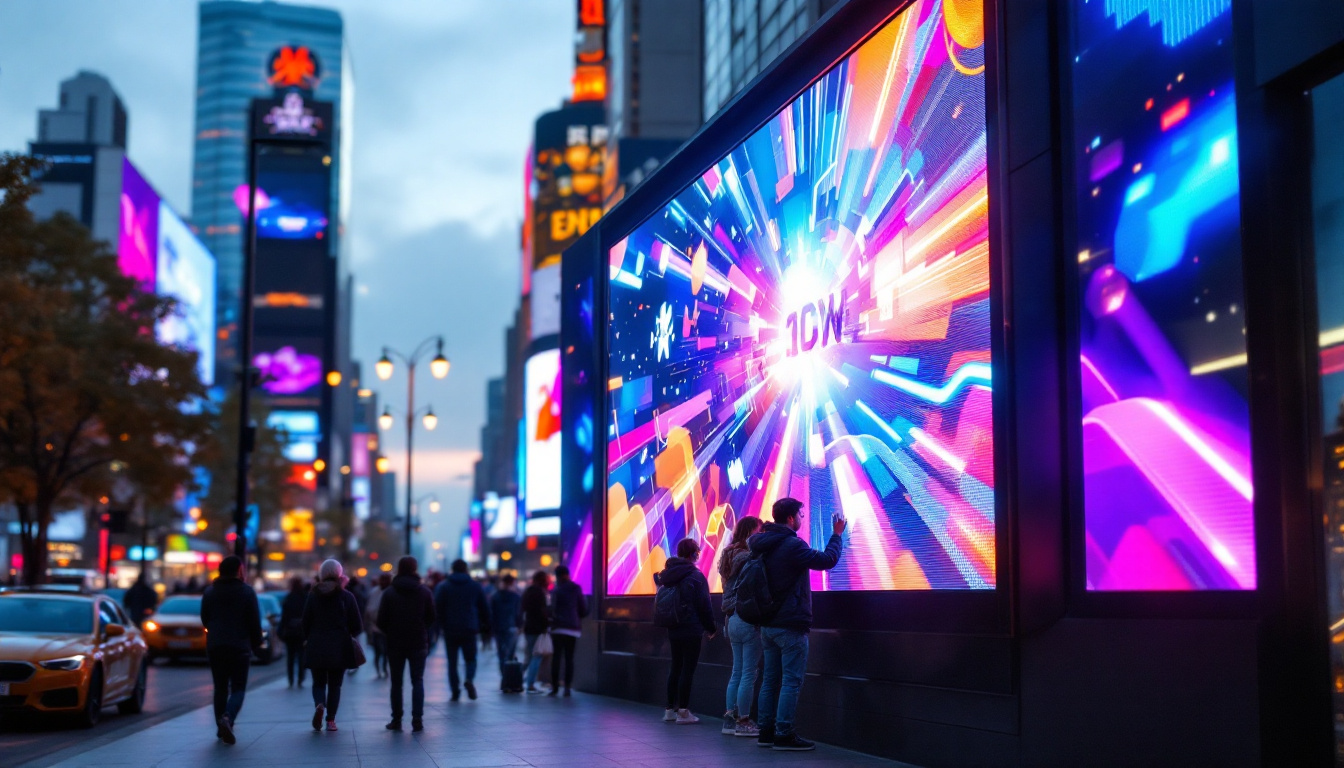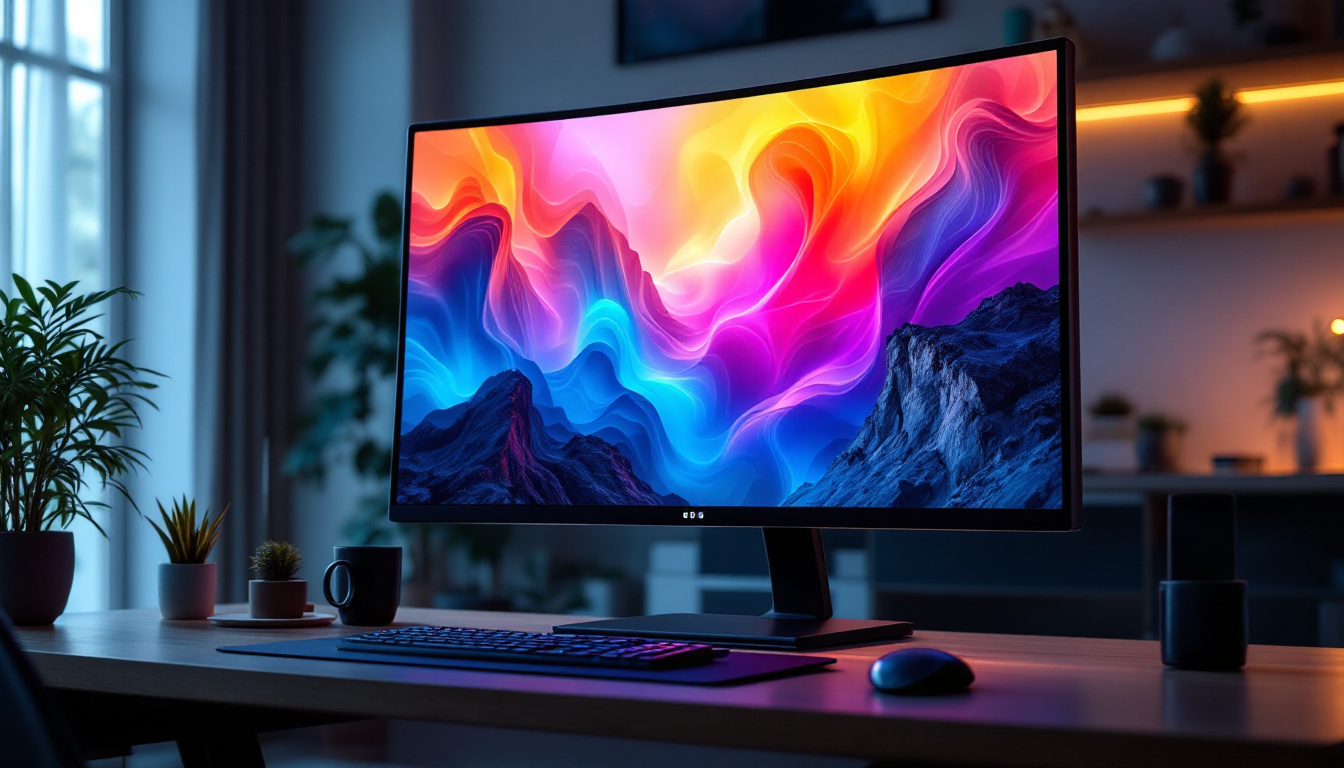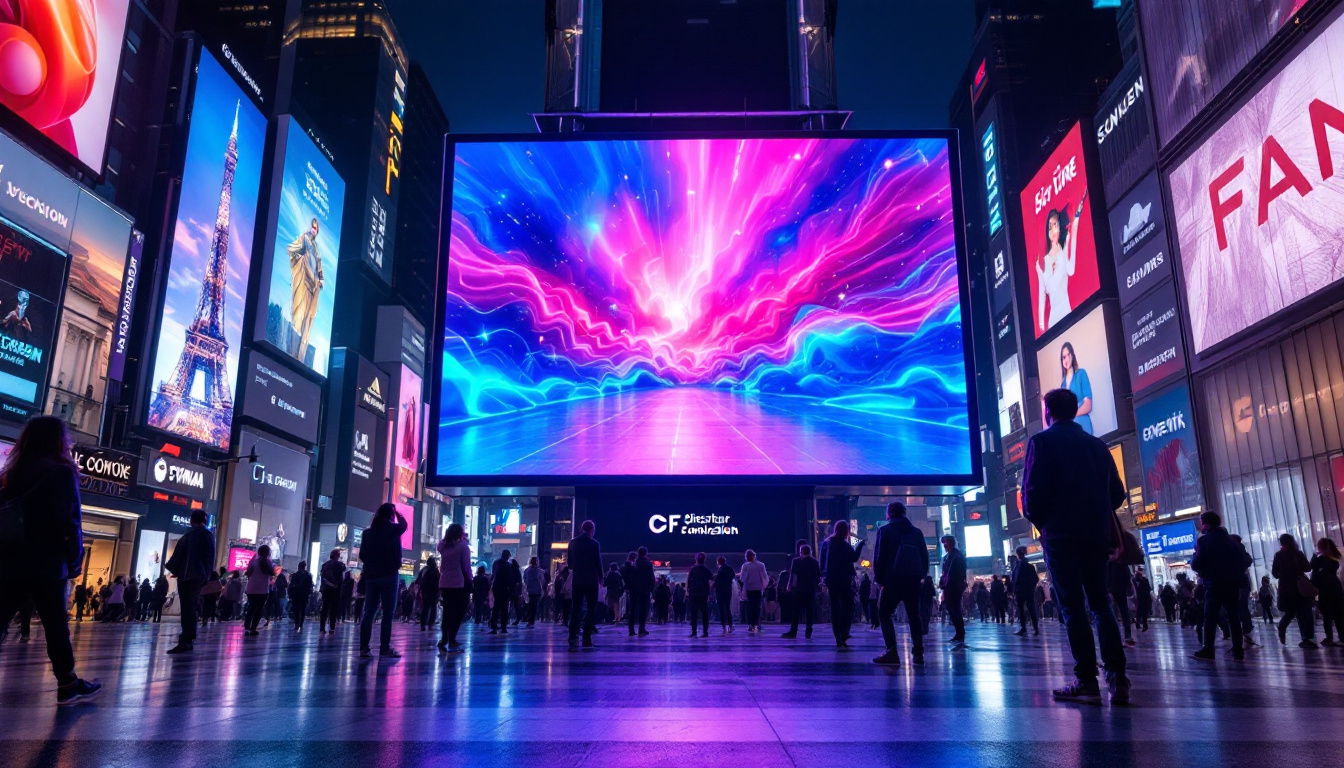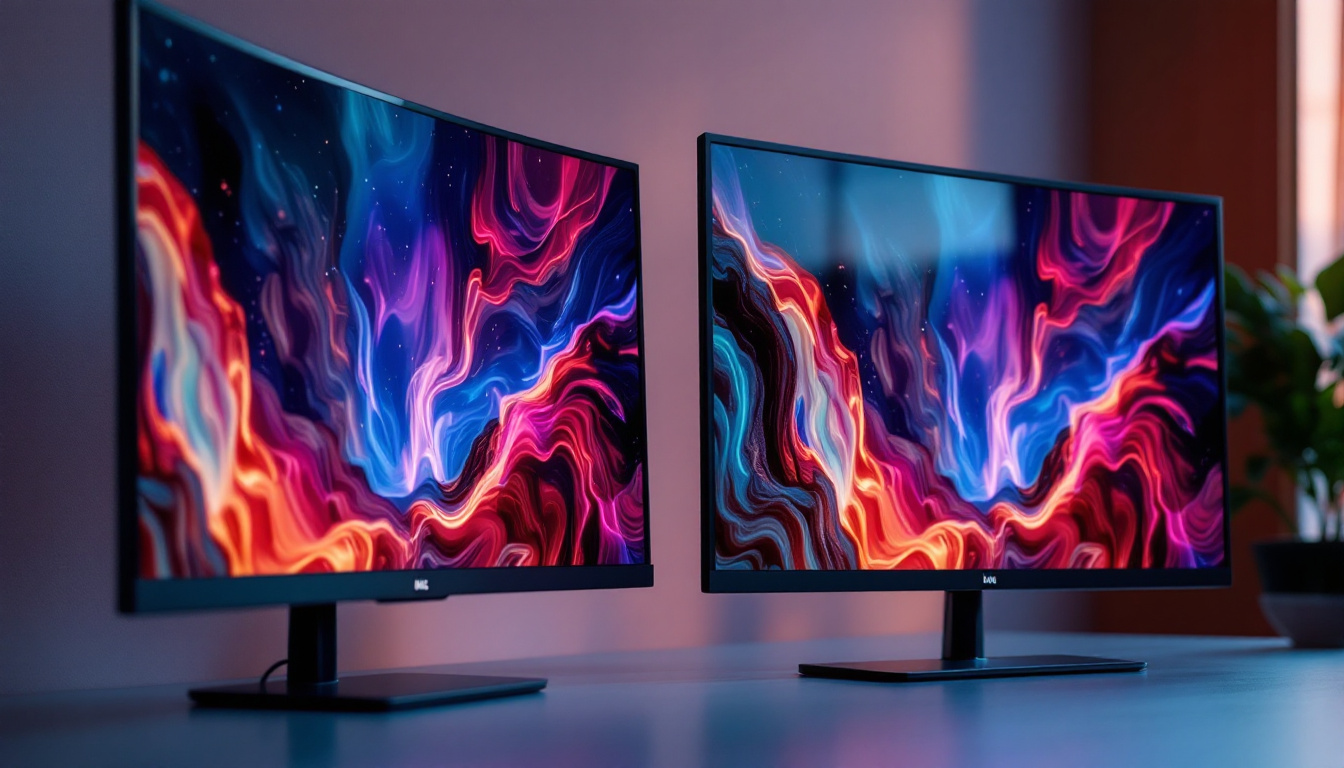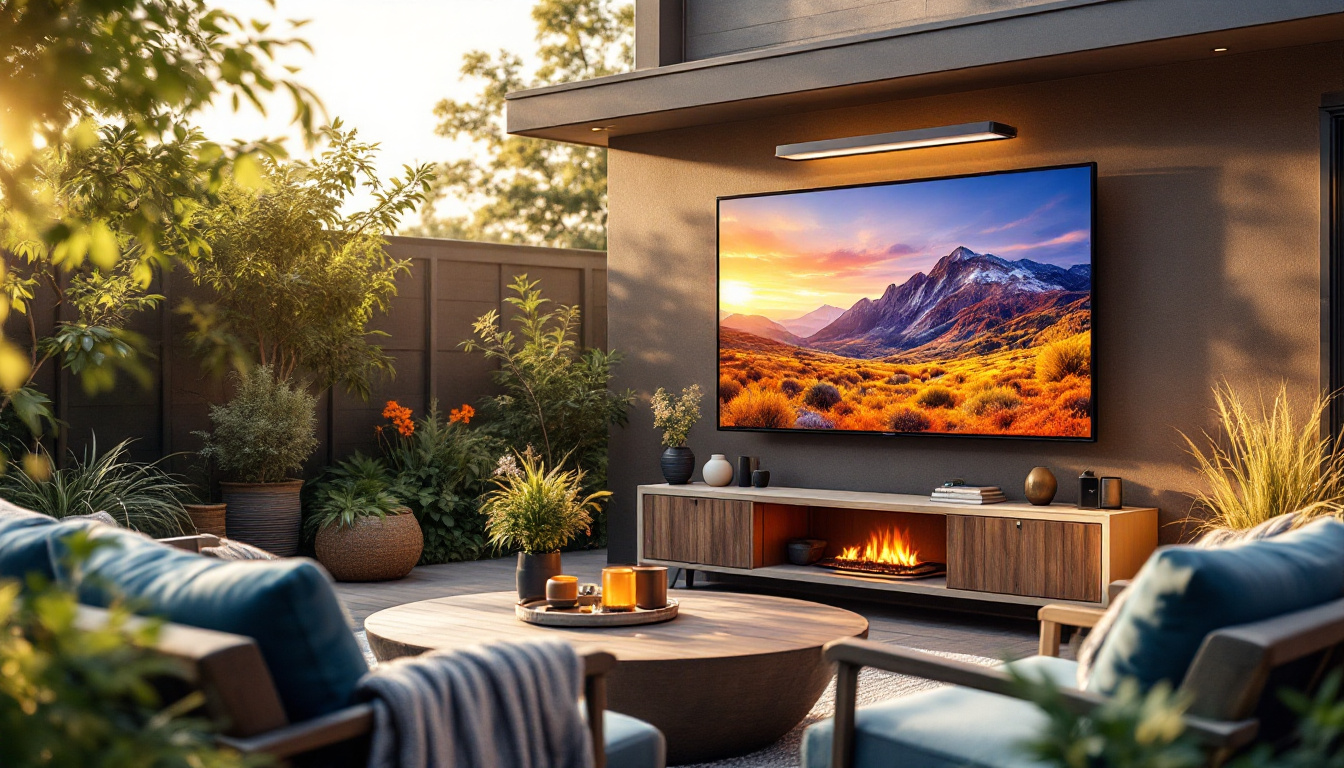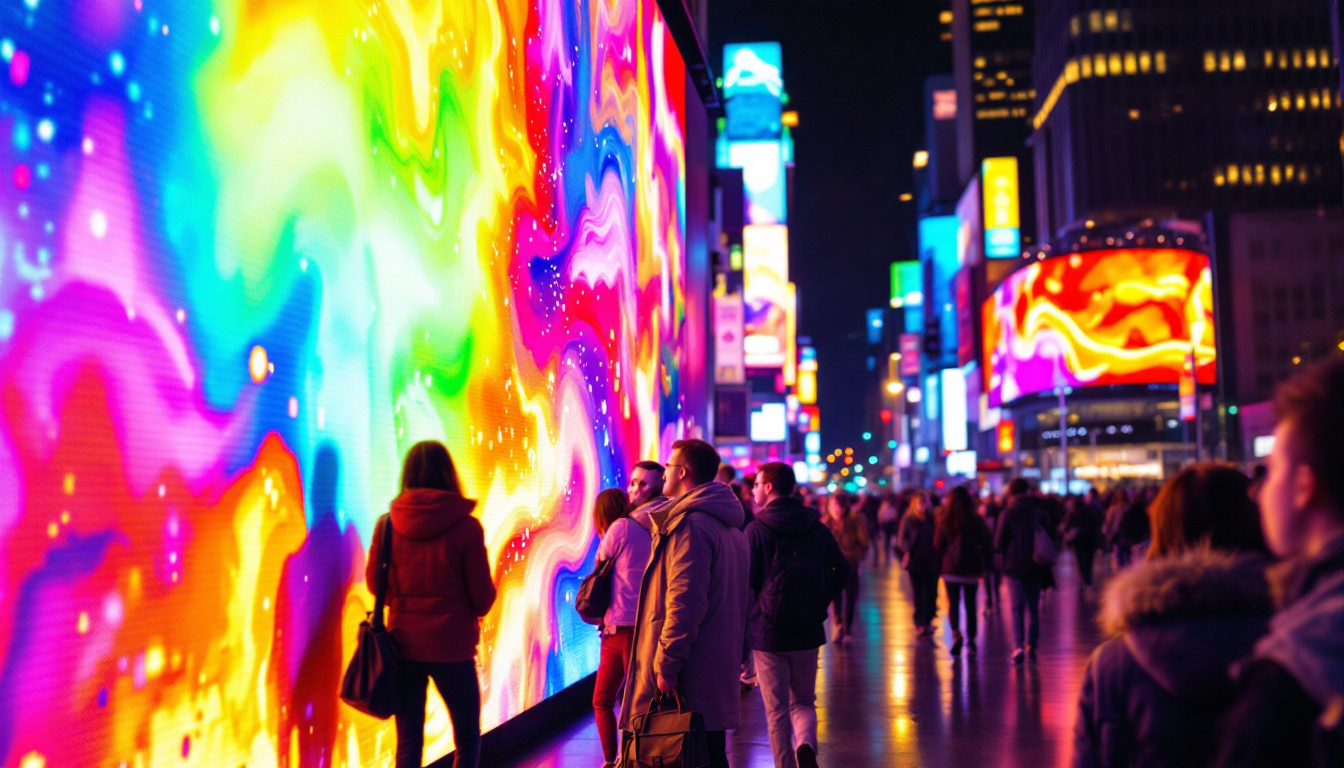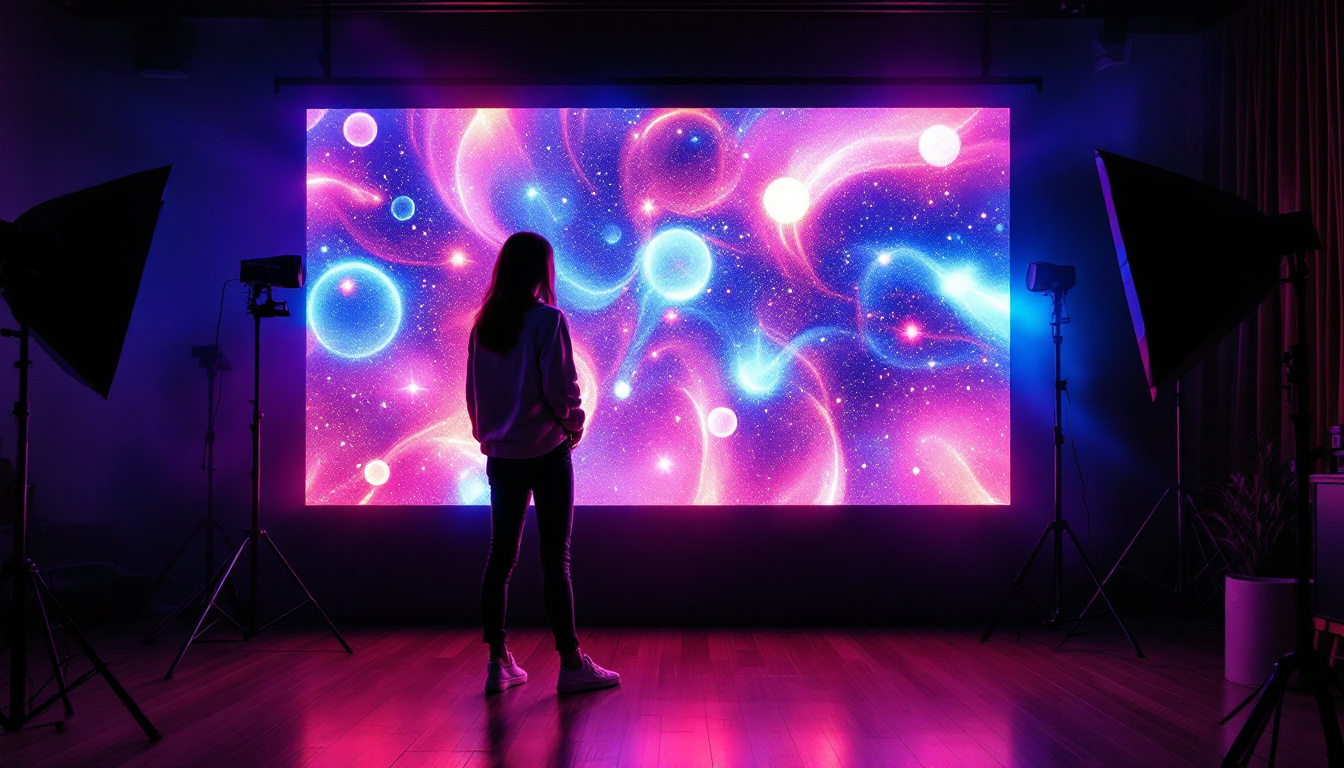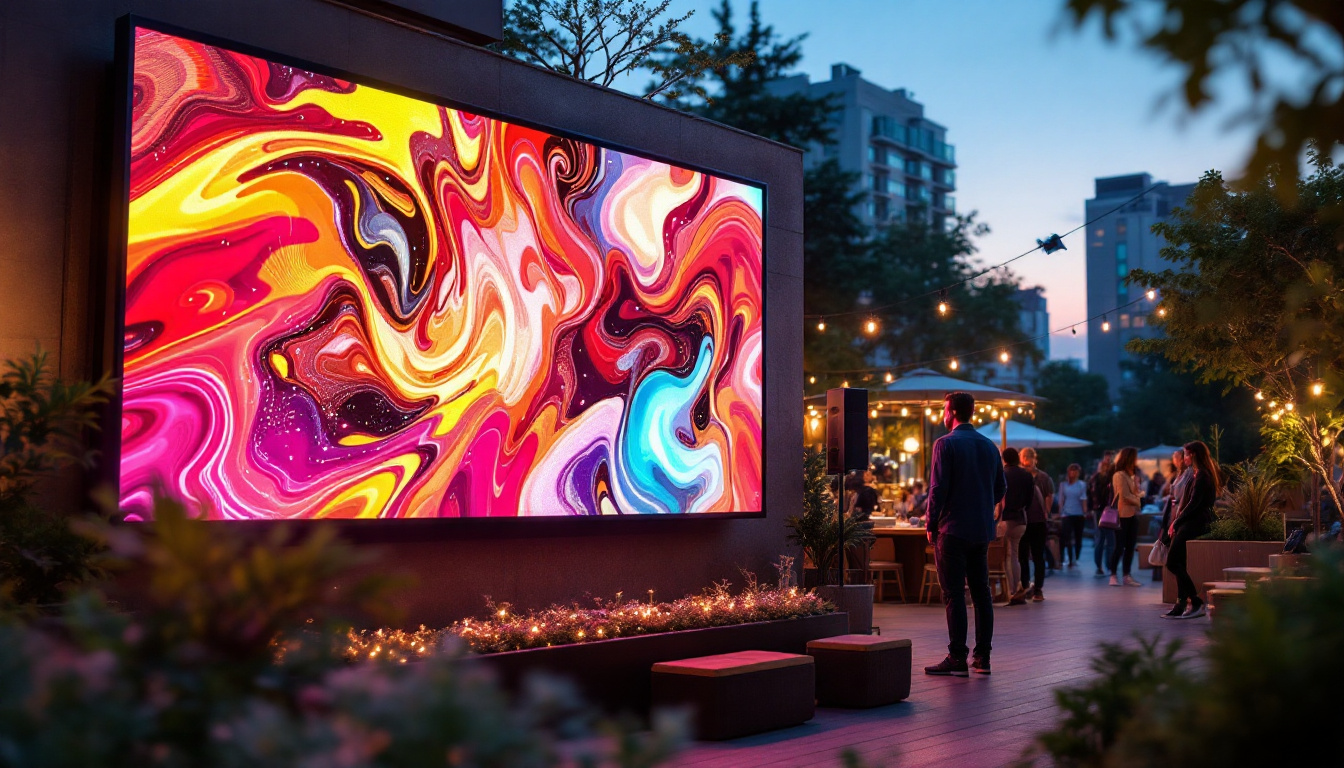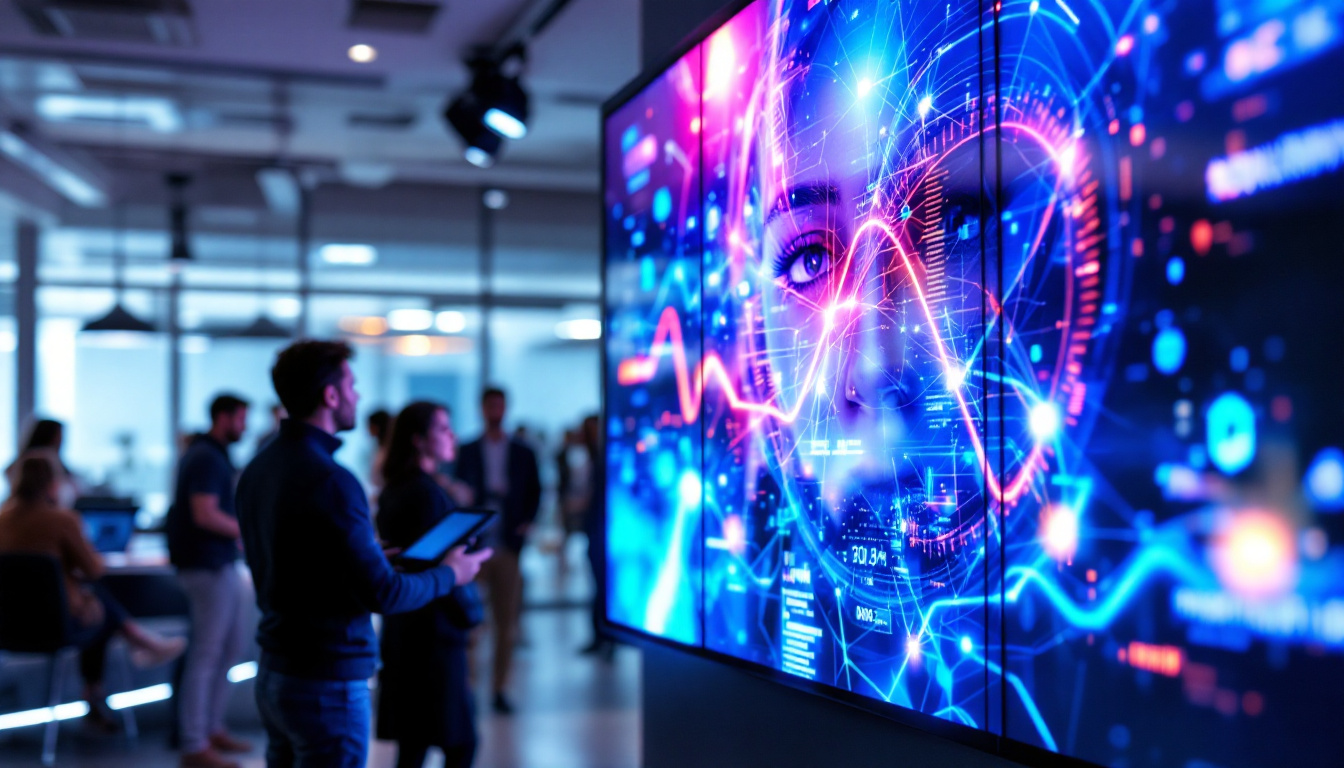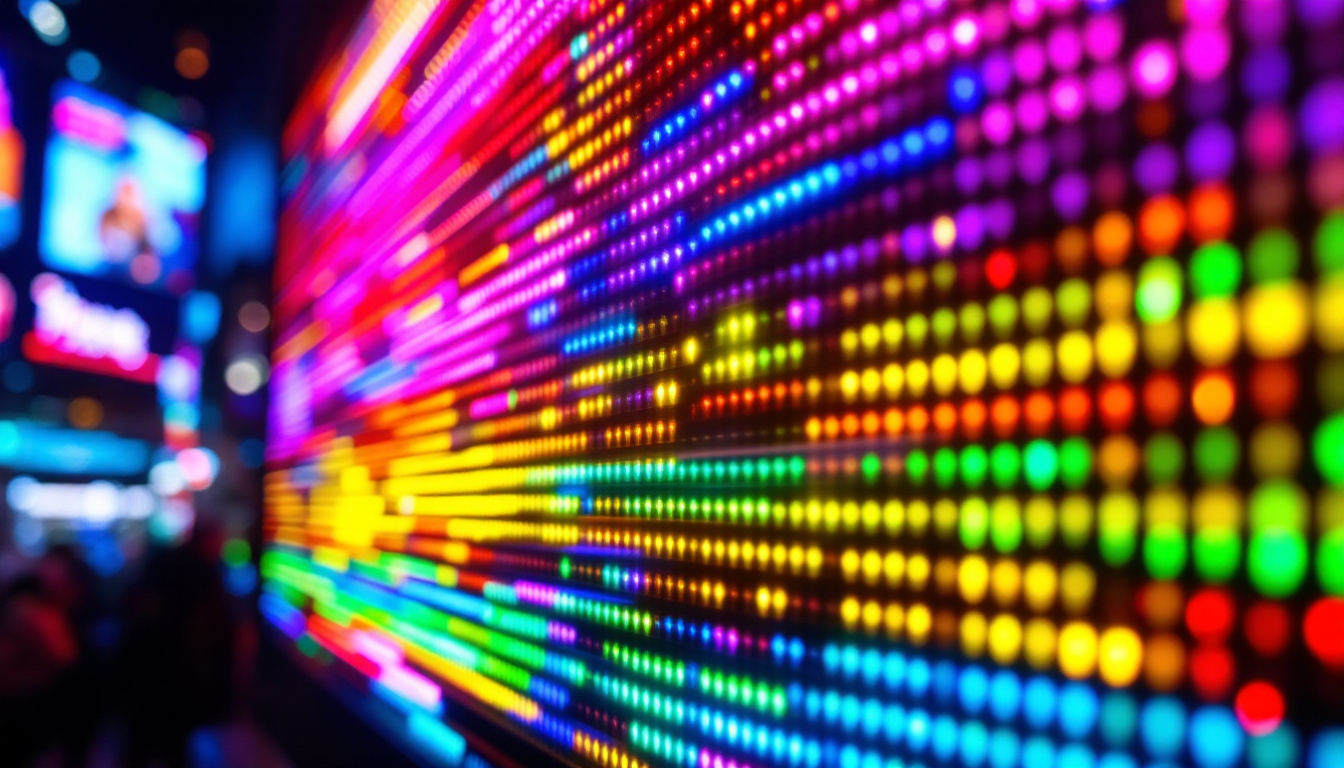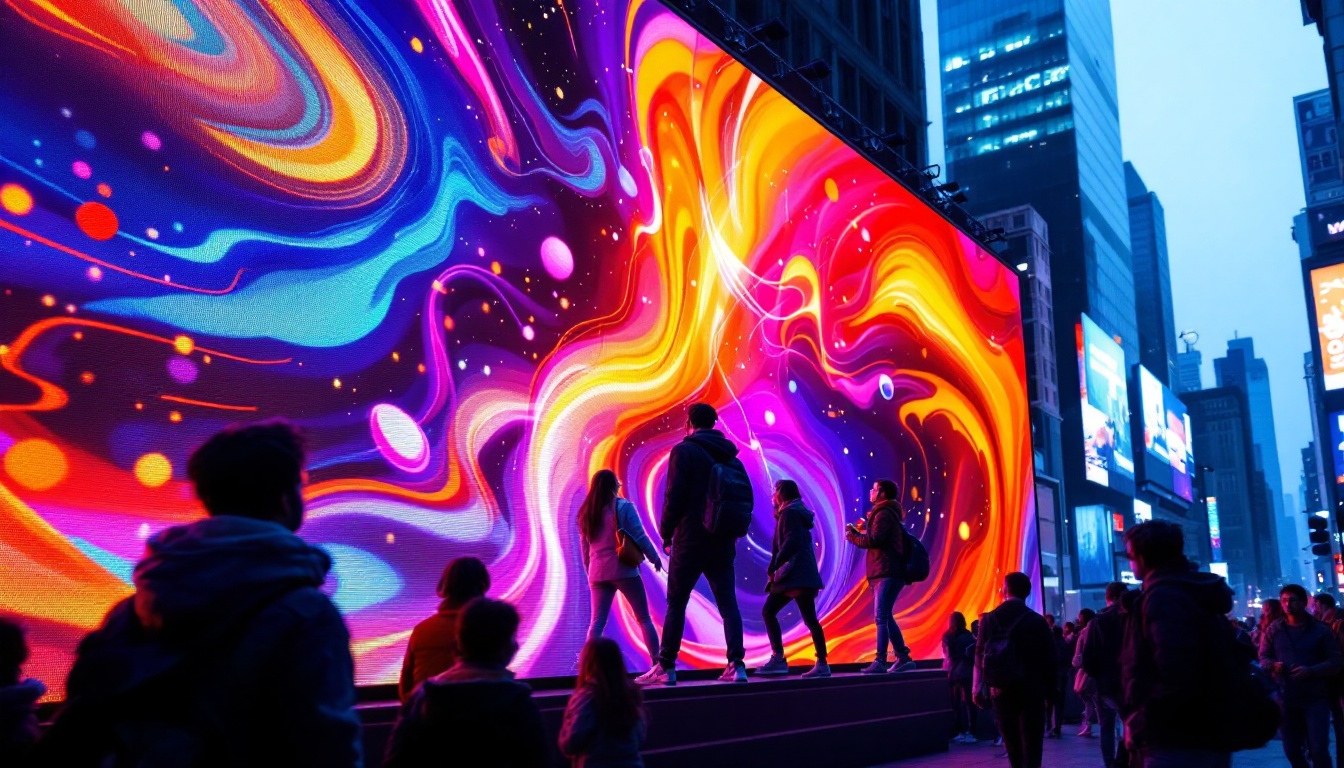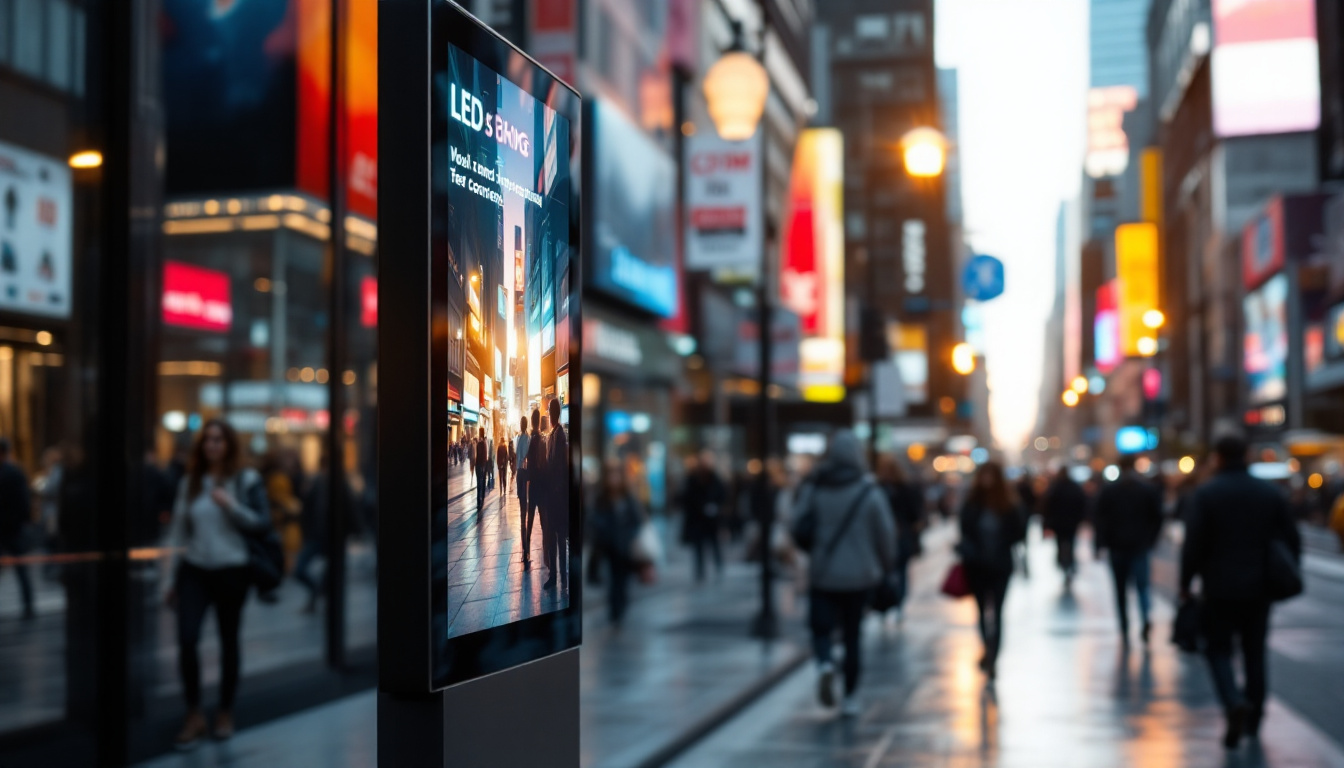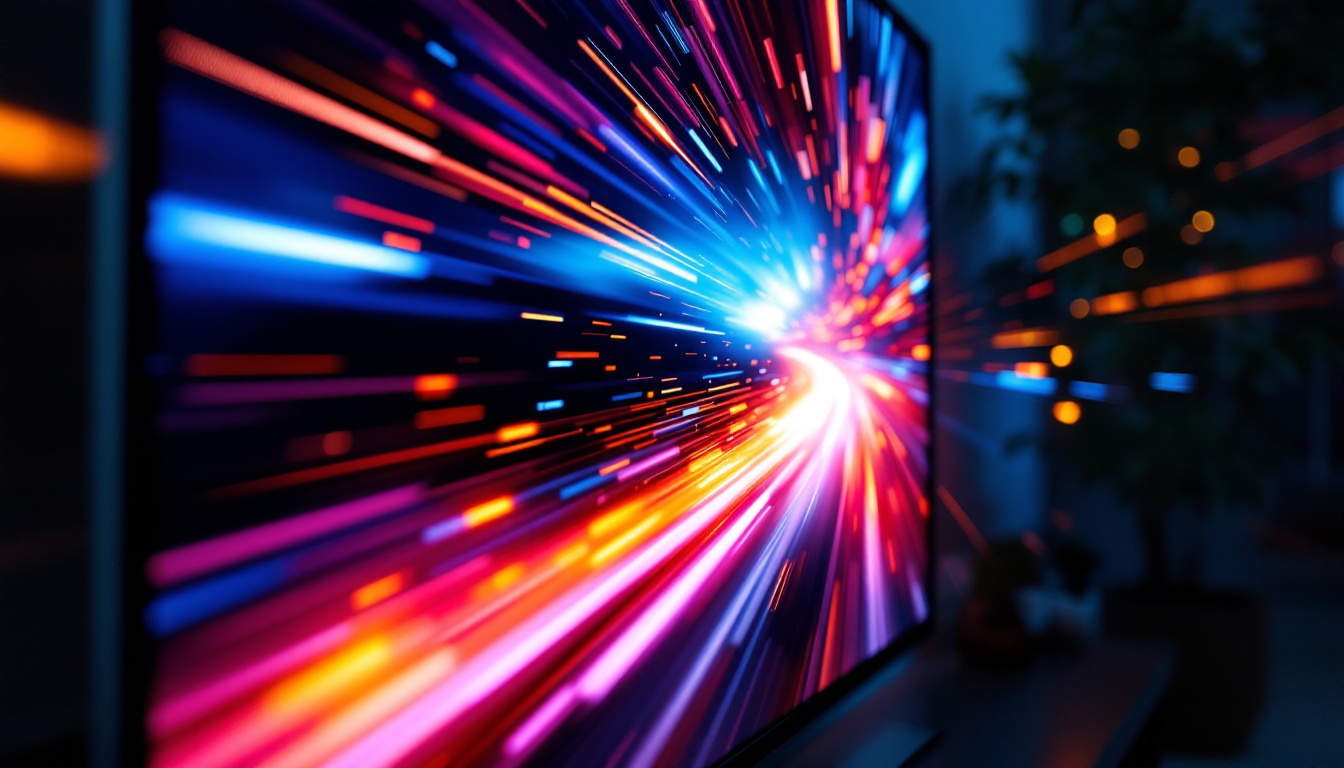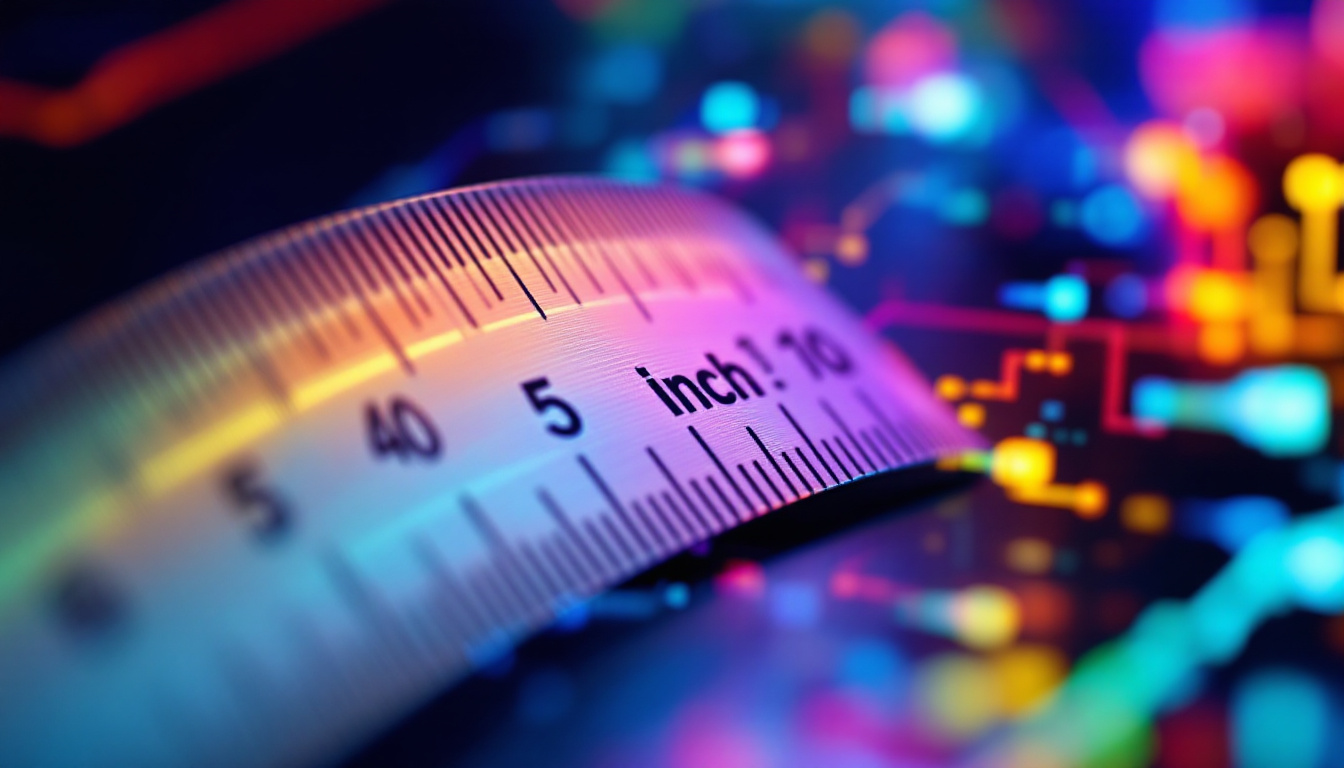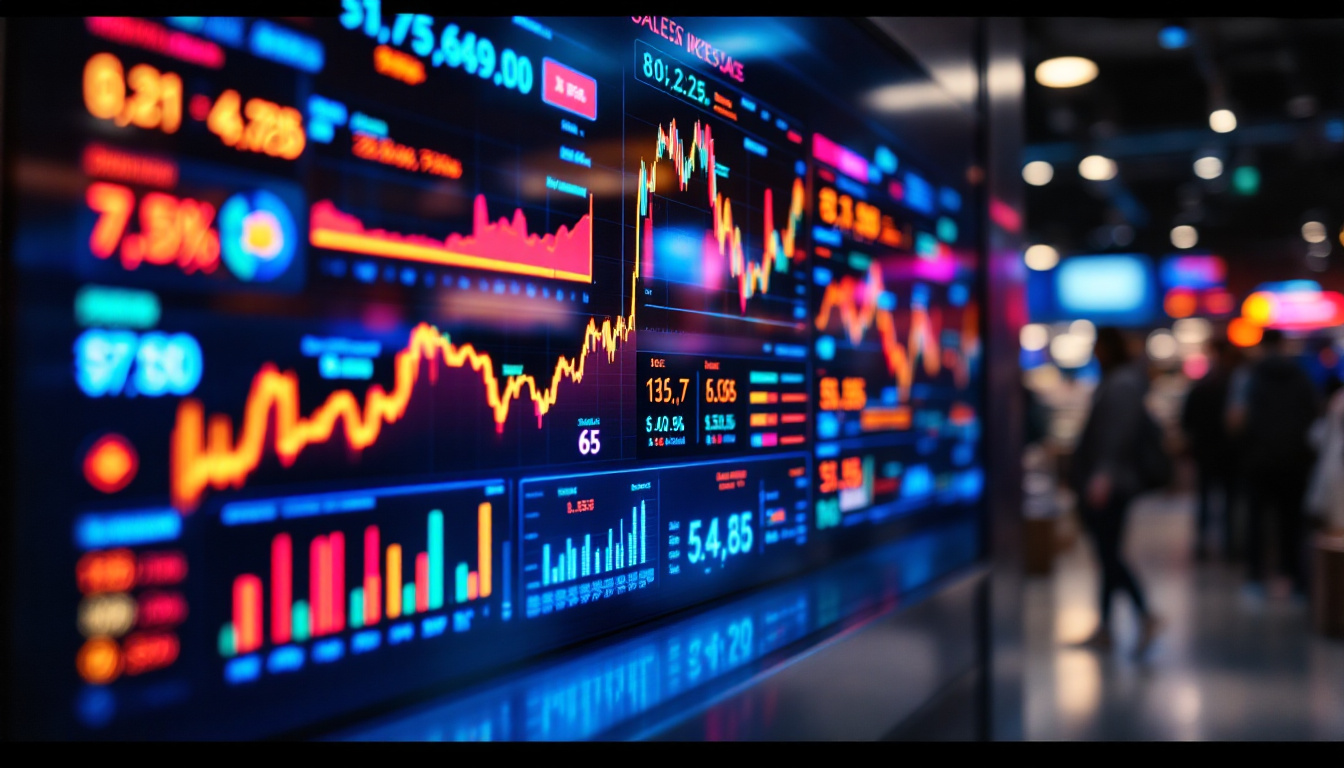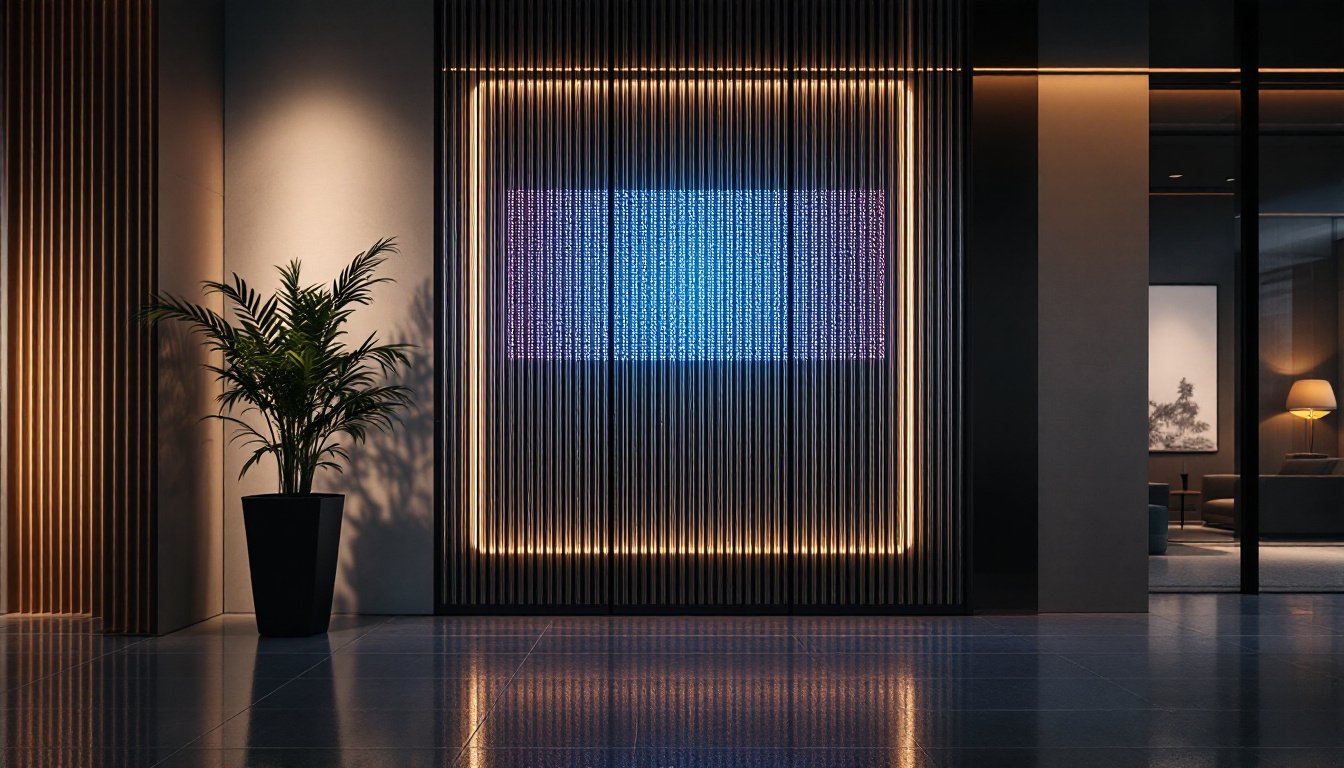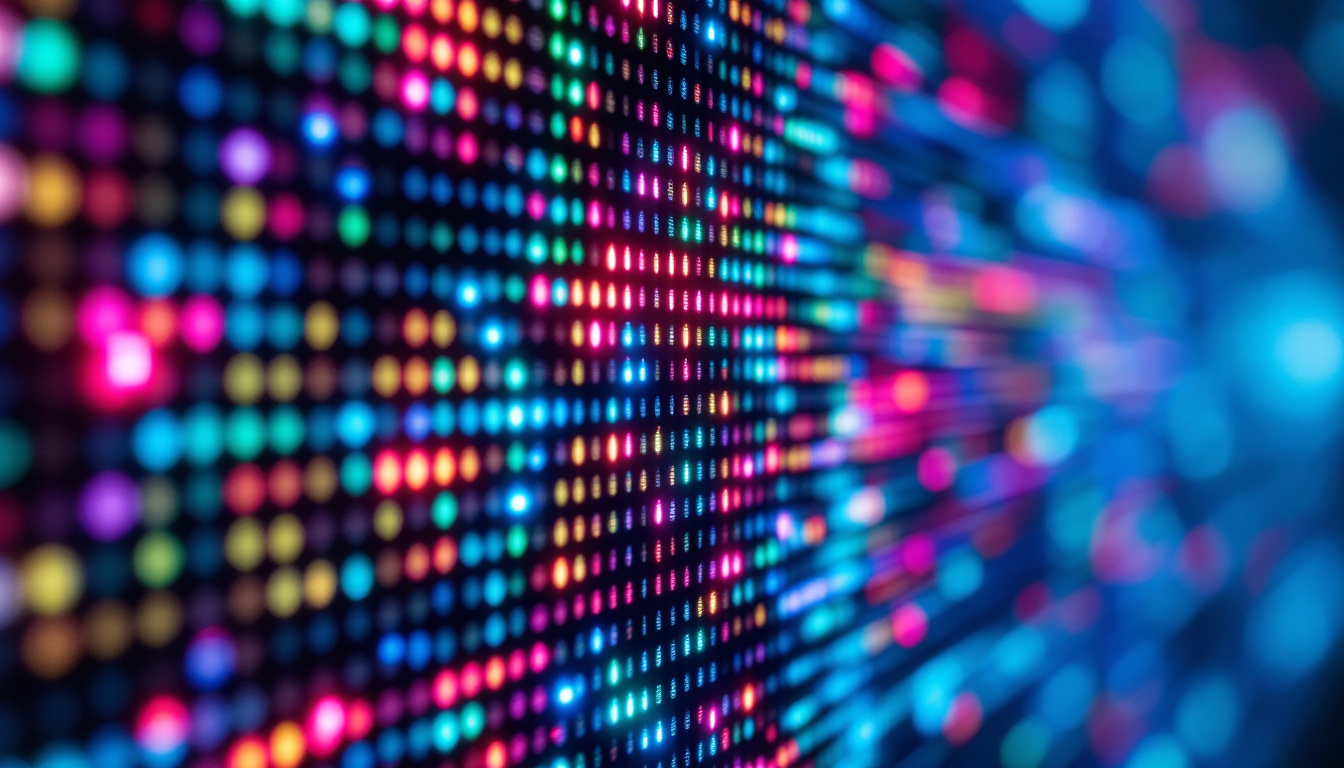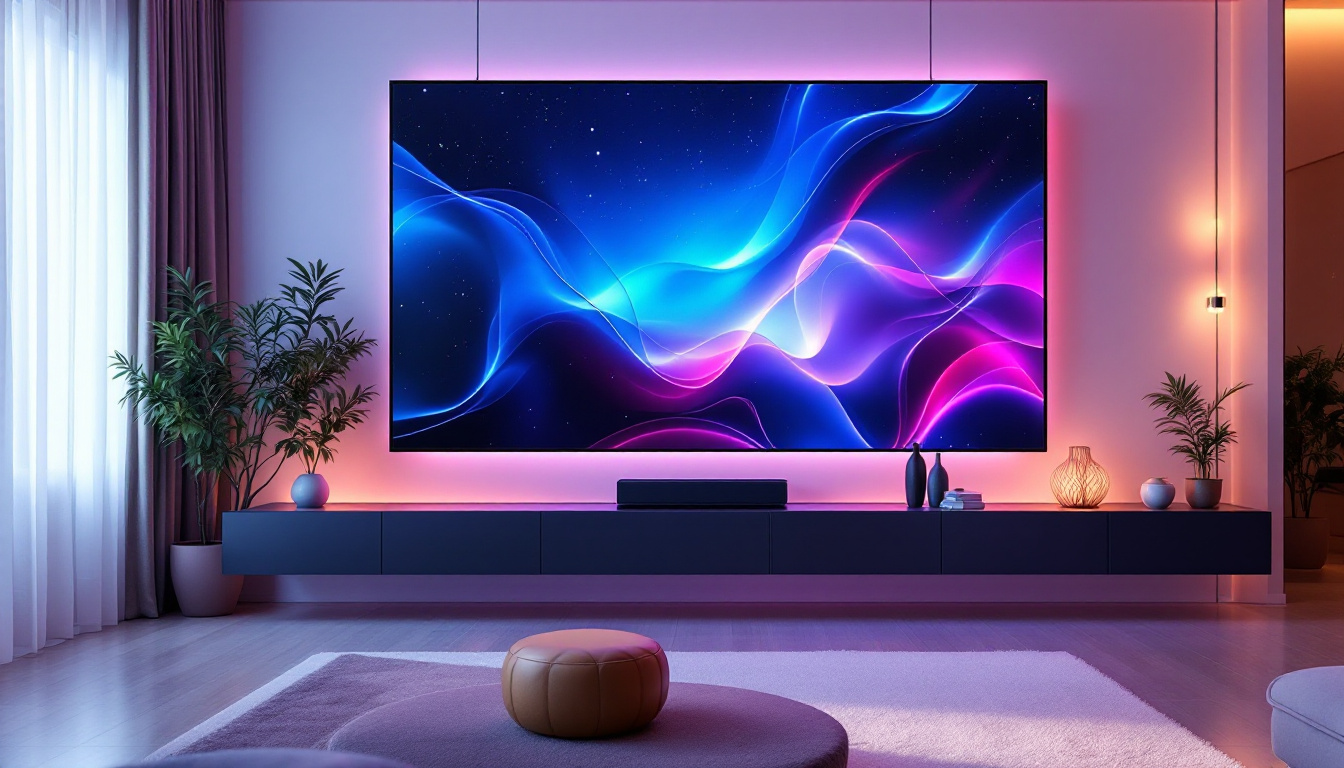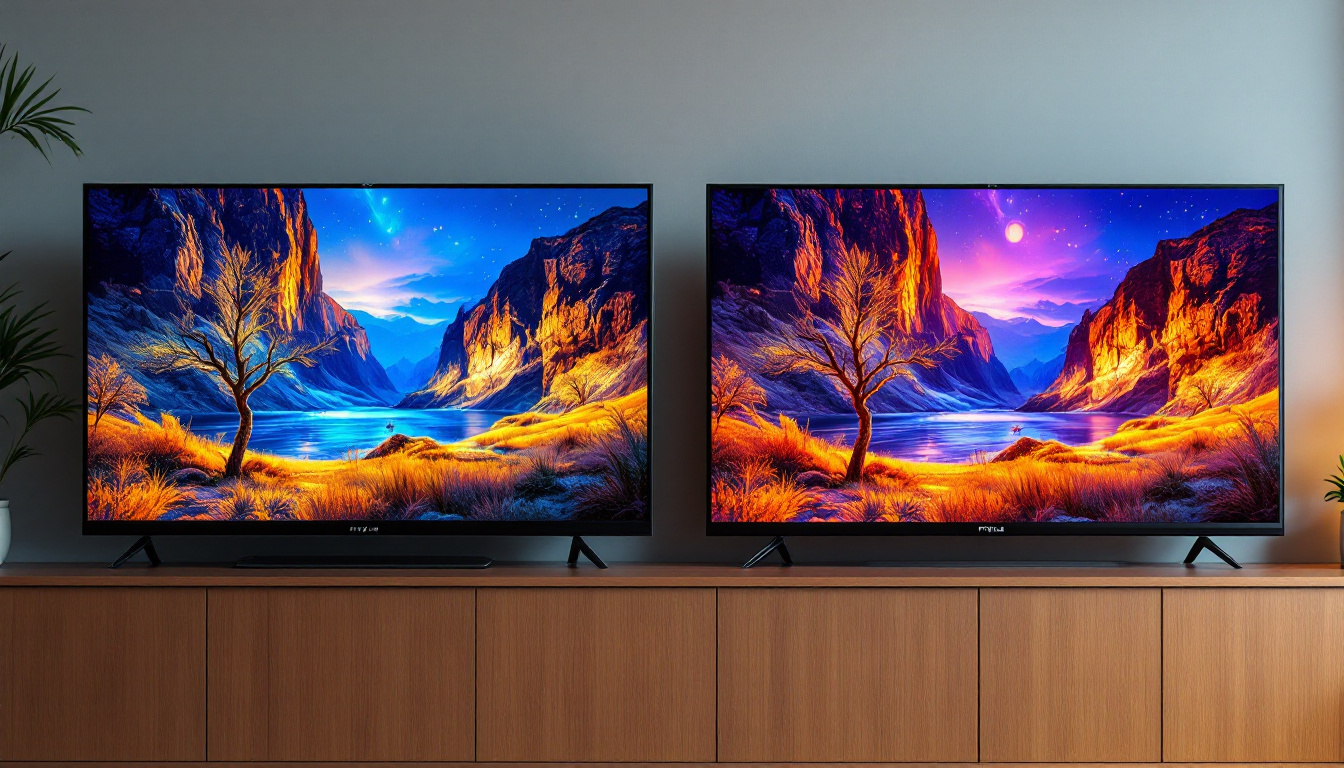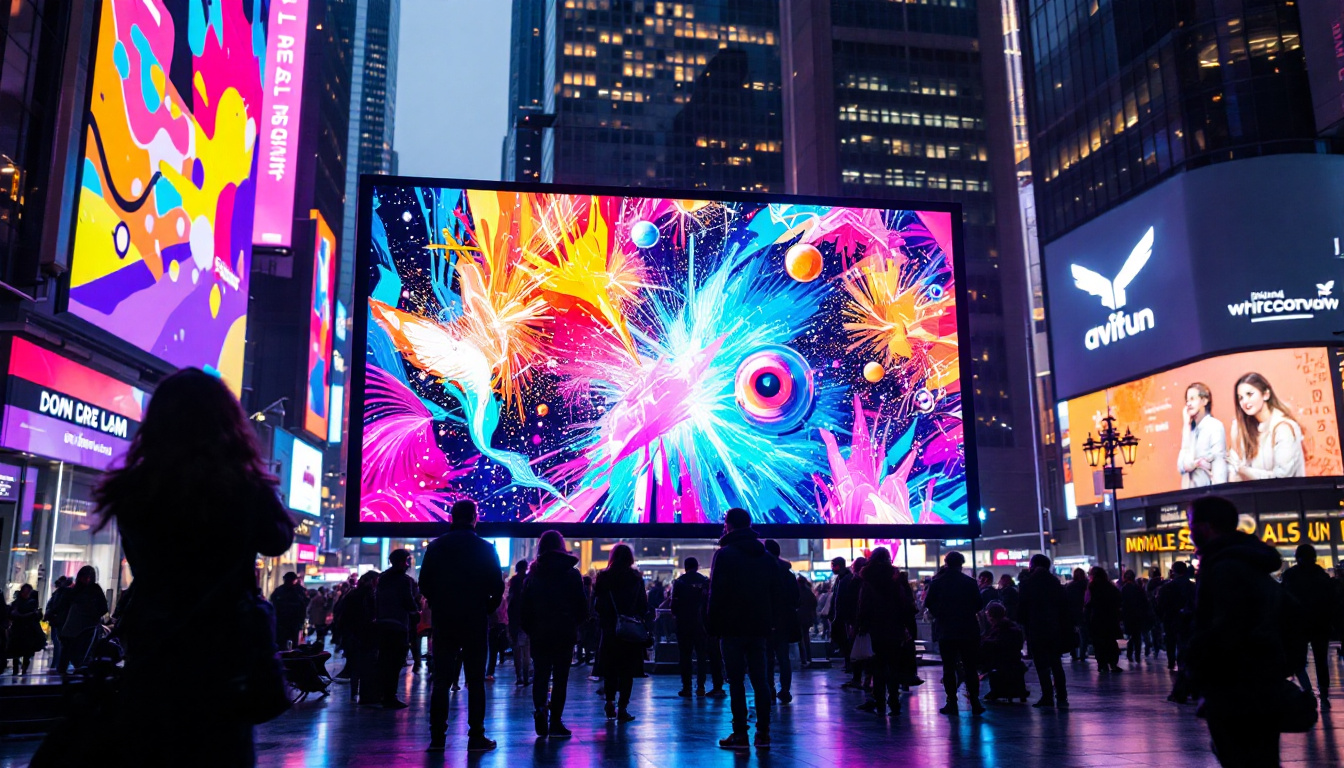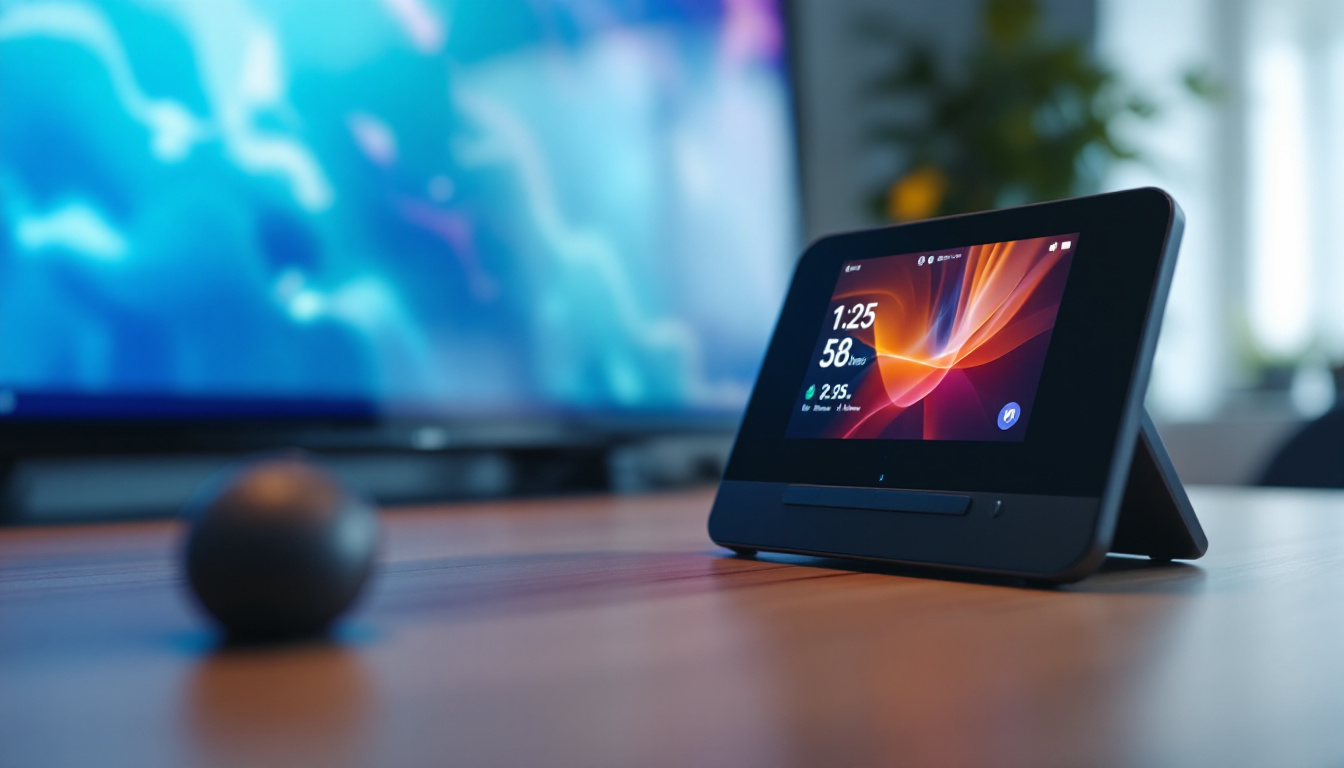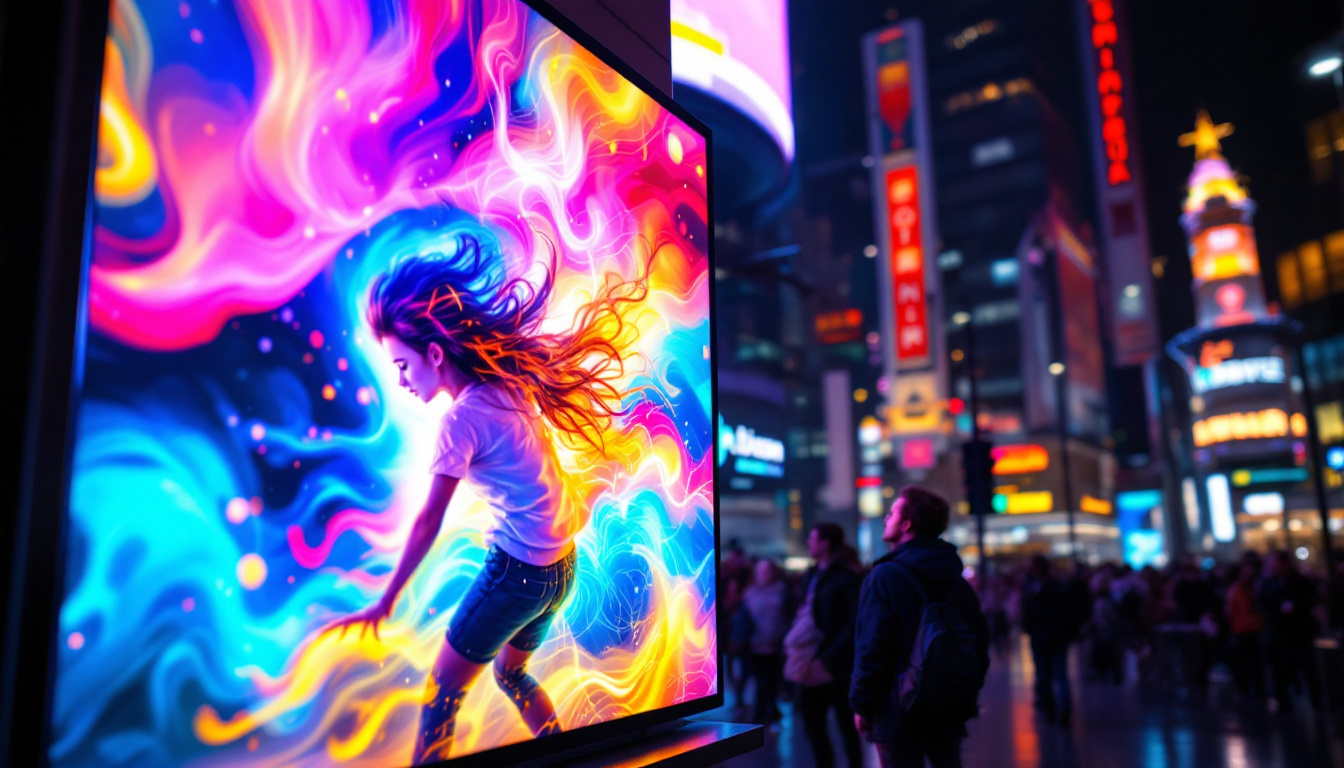In the world of live events, concerts, and exhibitions, visual elements play a crucial role in creating an immersive experience for the audience. One of the most significant advancements in visual technology has been the rise of LED displays. These vibrant screens have transformed how content is presented on stage, enhancing both aesthetics and functionality. This article delves into the intricacies of LED displays, exploring their components, applications, and the future of stage design.
Understanding LED Technology
Light Emitting Diodes (LEDs) are semiconductor devices that emit light when an electric current passes through them. The technology has evolved significantly over the years, leading to the development of LED displays that are not only energy-efficient but also capable of producing high-quality images and videos. Originally, LEDs were primarily used for indicator lights and simple displays, but advancements in technology have transformed them into a versatile solution for a multitude of applications, from everyday consumer electronics to large-scale advertising billboards.
How LED Displays Work
LED displays consist of numerous small diodes arranged in a grid. Each diode can emit red, green, or blue light, and by adjusting the intensity of these colors, a wide spectrum of hues can be created. The combination of these colors allows for the display of complex images and videos, making them ideal for dynamic stage environments. The process of color mixing is crucial; for instance, when red and green lights are combined at full intensity, they produce bright yellow, showcasing the versatility of LED technology in creating vivid displays.
The pixels in an LED display are typically measured in terms of pixel pitch, which refers to the distance between the centers of two adjacent pixels. A smaller pixel pitch results in higher resolution and better image quality, which is essential for close-up viewing in concert settings. Furthermore, advancements in pixel technology have led to the development of finer pixel pitches that allow for ultra-high-definition displays, providing an immersive viewing experience that is increasingly sought after in both entertainment and advertising industries.
Types of LED Displays
There are several types of LED displays, each designed for specific applications. The most common types include:
- Indoor LED Displays: These are designed for use in enclosed spaces such as theaters and conference rooms. They offer high resolution and brightness, making them suitable for detailed visuals. Indoor displays often utilize advanced technologies such as HDR (High Dynamic Range) to enhance color accuracy and contrast, further improving the viewing experience.
- Outdoor LED Displays: Built to withstand the elements, outdoor LED displays are typically larger and have a higher brightness level to ensure visibility in direct sunlight. These displays often incorporate weather-resistant features, such as protective coatings and robust housing, to ensure longevity and reliability in various environmental conditions.
- Transparent LED Displays: These innovative displays allow for visibility through the screen while still providing vibrant visuals. They are often used in retail environments to showcase products without obstructing views. The transparency of these displays can create a unique shopping experience, allowing customers to see both the product and the promotional content simultaneously, thus enhancing engagement and interest.
In addition to these common types, there are also specialized LED displays, such as flexible LED screens that can be curved or shaped to fit unconventional spaces, and interactive LED displays that respond to touch or movement, adding an engaging element to presentations and advertising. The versatility of LED technology continues to inspire creativity in design and application, making it a cornerstone of modern visual communication.
Applications of LED Displays in Stage Design
LED displays have become an integral part of modern stage design, offering versatility and creativity in how visual content is presented. Their applications range from concerts and festivals to corporate events and theatrical performances.
Concerts and Live Events
In the realm of concerts, LED displays serve multiple purposes. They can be used as backdrops, stage elements, or even as part of the lighting design. The ability to display dynamic visuals, such as animations or live feeds, enhances the overall experience for the audience. For instance, during a music festival, LED screens can showcase the band’s logo, lyrics, or even interactive elements that engage the crowd.
Moreover, the flexibility of LED displays allows for creative staging. They can be arranged in various configurations, from traditional flat screens to more complex shapes that complement the stage design. This adaptability makes them a favorite among stage designers looking to push the boundaries of visual storytelling.
Theatrical Productions
In theater, LED displays have revolutionized set design. They provide a dynamic backdrop that can change scenes seamlessly, allowing for more fluid storytelling. Instead of relying solely on physical sets, directors can use LED screens to project images that enhance the narrative, such as landscapes, cityscapes, or abstract visuals that reflect the characters’ emotions.
Additionally, LED displays can be integrated into the performance itself. Actors can interact with the visuals, creating a more immersive experience for the audience. This integration of technology and performance art has opened new avenues for creativity in theater production.
Corporate Events and Presentations
For corporate events, LED displays are invaluable tools for presentations and branding. They can be used to showcase product launches, company videos, or live feeds of speakers. The high brightness and clarity of LED displays ensure that even large audiences can see the content clearly, regardless of the venue size.
Furthermore, LED displays can be customized to fit the branding of a company. This personalization allows organizations to create a cohesive visual identity throughout their events, reinforcing their brand message and enhancing audience engagement.
Benefits of Using LED Displays
The advantages of LED displays extend beyond their visual appeal. They offer a range of benefits that make them a preferred choice for stage design and event production.
Energy Efficiency
One of the most notable benefits of LED technology is its energy efficiency. LED displays consume significantly less power compared to traditional projection systems or LCD screens. This not only reduces operational costs but also minimizes the environmental impact of events, making them a more sustainable choice.
Durability and Longevity
LED displays are built to last. They are more durable than other display technologies, capable of withstanding the rigors of transport and installation. This durability translates into lower maintenance costs and longer lifespans, making them a wise investment for event organizers.
High Brightness and Contrast
The brightness and contrast levels of LED displays are superior to many other technologies. This capability ensures that visuals remain vibrant and clear, even in challenging lighting conditions. Whether it’s an outdoor festival during the day or a dimly lit theater, LED displays can adapt to various environments, providing consistent quality.
Challenges and Considerations
Despite their many advantages, there are challenges associated with using LED displays in stage design. Understanding these challenges is crucial for event organizers and designers.
Cost Implications
While the prices of LED displays have decreased over the years, they can still represent a significant investment for event organizers. High-quality displays, especially those with smaller pixel pitches for close viewing, can be costly. Budgeting for LED technology requires careful planning to ensure that it aligns with overall event costs.
Technical Expertise
Setting up and operating LED displays requires a certain level of technical expertise. Event organizers must either have in-house technical staff or hire professionals who understand the intricacies of LED technology. This need for expertise can add to the logistical complexity of event planning.
Content Creation
Creating engaging content for LED displays is another challenge. The visuals need to be tailored to the specific event and audience, requiring collaboration between designers, directors, and content creators. Investing in high-quality content is essential to maximize the impact of the LED displays on stage.
The Future of LED Displays in Stage Design
The future of LED displays in stage design looks promising, with continuous advancements in technology paving the way for even more innovative applications. As the demand for immersive experiences grows, LED technology is likely to evolve to meet these needs.
Advancements in Technology
Emerging technologies such as MicroLED and OLED are set to redefine the capabilities of LED displays. MicroLED technology offers even smaller pixel sizes, resulting in higher resolutions and better color accuracy. OLED displays, known for their exceptional contrast and color depth, may also find their way into stage design, providing new opportunities for visual storytelling.
Integration with Augmented Reality
As augmented reality (AR) continues to gain traction, the integration of LED displays with AR technology is likely to become more prevalent. This combination could allow for interactive experiences where audiences can engage with the visuals in real-time, blurring the lines between physical and digital environments.
Customization and Personalization
The demand for personalized experiences is on the rise, and LED displays are well-positioned to meet this trend. Future developments may allow for more customizable displays that can adapt to the specific needs of an event or audience, enhancing engagement and interaction.
Conclusion
LED displays have revolutionized stage design, offering unparalleled visual experiences that enhance live events, concerts, and theatrical productions. Their versatility, energy efficiency, and high-quality output make them a preferred choice for event organizers and designers. While challenges exist, the ongoing advancements in LED technology and its integration with other emerging technologies promise a bright future for stage design.
As the industry continues to evolve, embracing LED displays will be essential for creating memorable experiences that captivate audiences and push the boundaries of creativity. The stage is set for a new era of visual storytelling, and LED displays will undoubtedly play a pivotal role in shaping that future.
Illuminate Your Stage with LumenMatrix
Ready to elevate your live event with the vibrant and dynamic capabilities of LED displays? LumenMatrix is at the forefront of LED display technology, offering a wide array of solutions that bring your stage to life. From Indoor and Outdoor LED Walls to innovative Transparent and Custom Displays, our products are designed to captivate your audience and amplify your message. Discover how LumenMatrix can transform your visual storytelling and create unforgettable experiences. Check out LumenMatrix LED Display Solutions today and step into the future of stage design.

